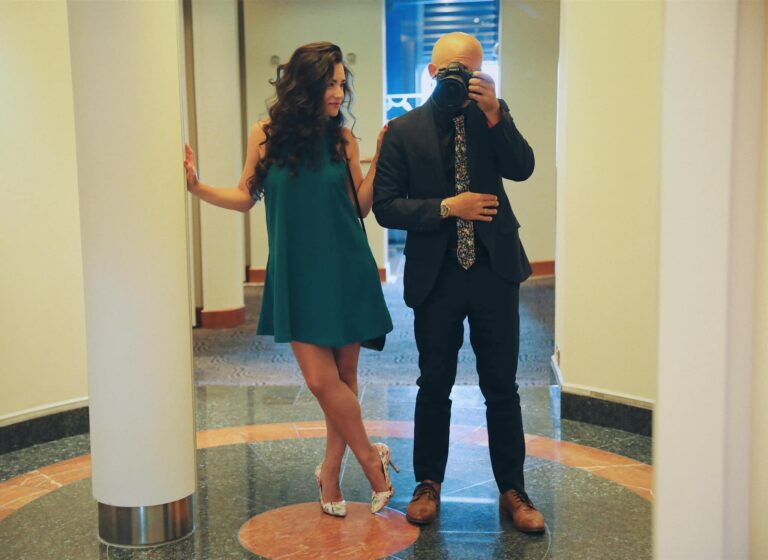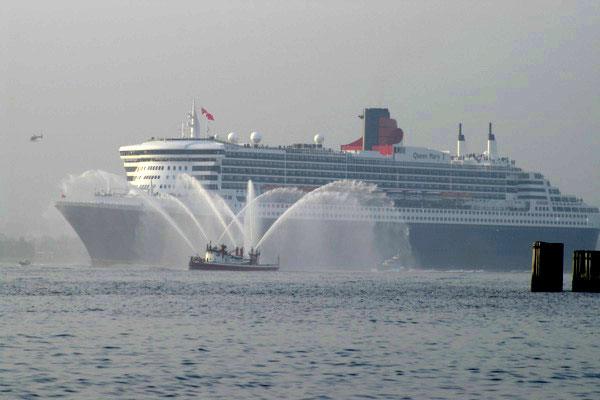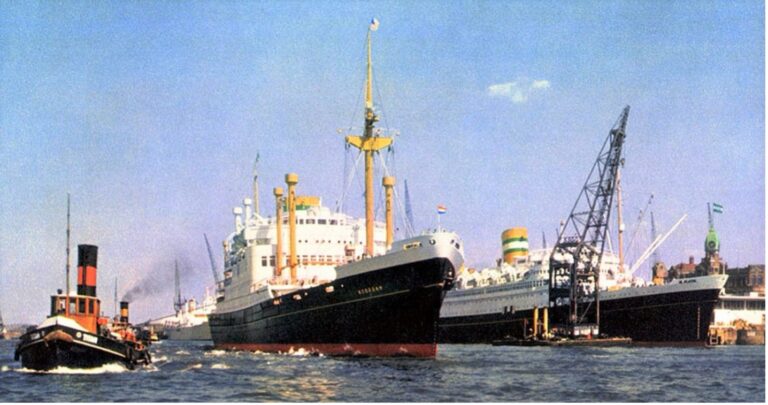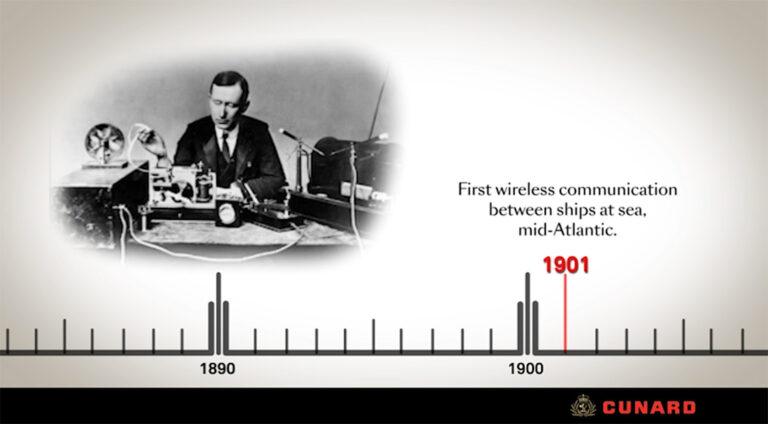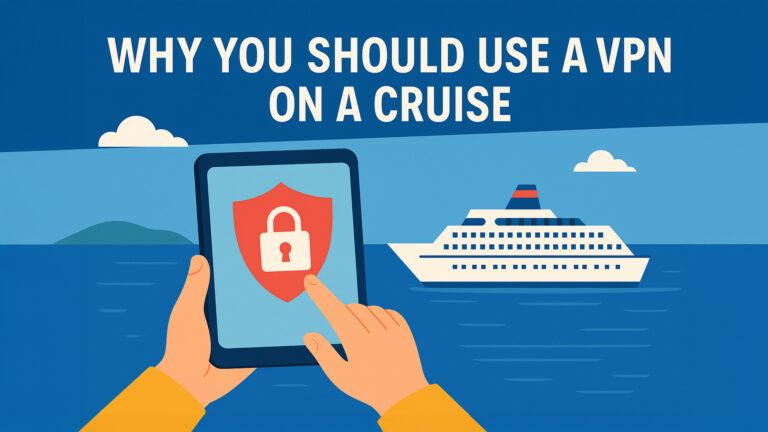The Anatomy of Embarkation: From Curb to Cabin Without the Chaos
Having navigated the cruise embarkation process on more than 50 voyages worldwide, I’ve witnessed everything from the streamlined port procedures in Barcelona to the barely controlled chaos of Miami’s summer sailings. Whether you’re a first-timer or a seasoned cruiser, those initial moments onboard can set the tone for your entire trip.
I’ve filmed embarkation walk-throughs in ports like Athens, Venice, Miami, and Istanbul. While every cruise terminal is a little different, the basic flow is the same. To help you hit the ground running, I’ve laid out the full cruise embarkation process step-by-step, and I’ve included my embarkation day YouTube playlist at the end of this article to bring the experience to life.
Here’s how to get from the curb to your cabin with minimal stress and maximum cruise vibes.
1. Arrival at the Port: Timing Is Everything
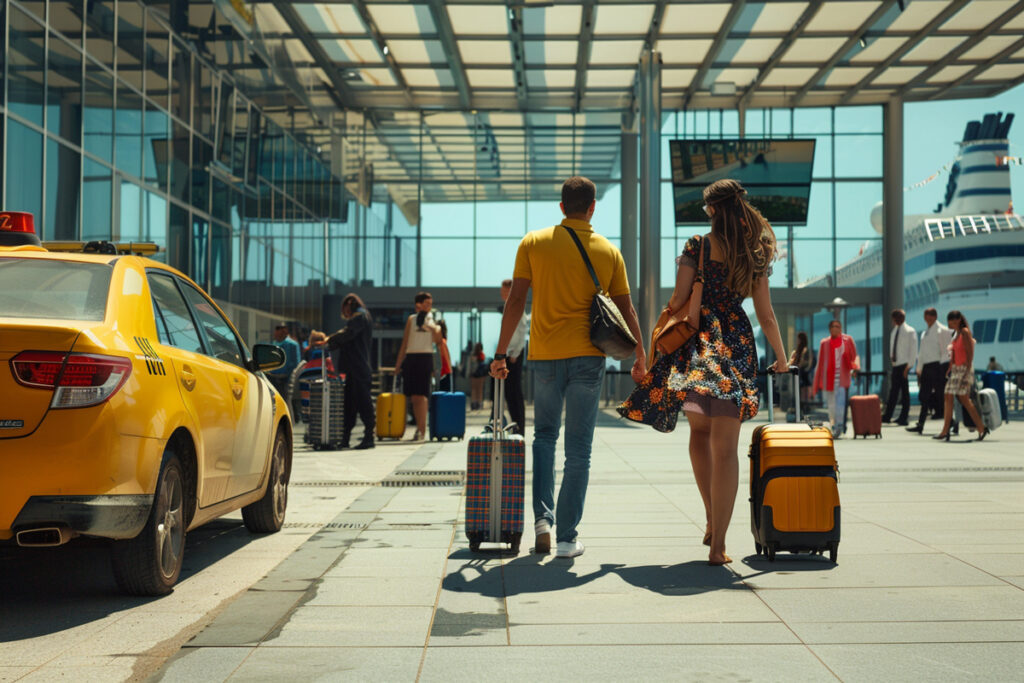
Most cruise lines assign boarding windows during online check-in. These aren’t just suggestions; they’re part of a staggered boarding system that helps prevent bottlenecks.
Pro Tip:
Arrive 15–30 minutes before your scheduled time. Too early and you may be asked to wait outside. Too late and you might get stuck in the longest line of the day.
2. Luggage Drop-Off: Curbside Check, Not Chaos
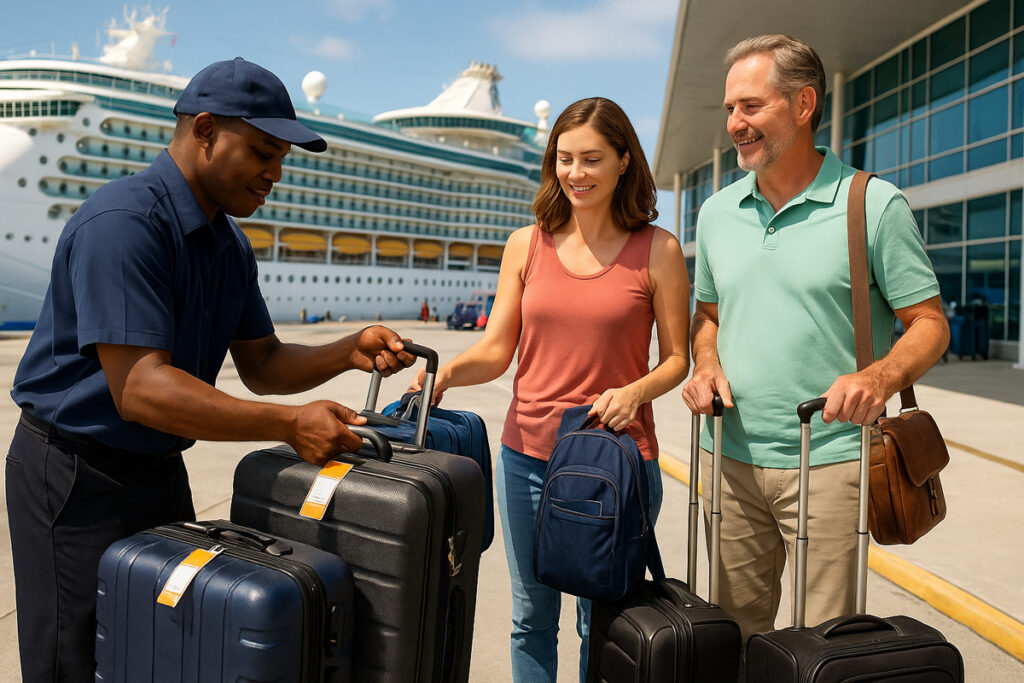
Once you pull up to the terminal, uniformed porters will take your larger suitcases. Have your luggage tags attached and be ready to tip ($1–$2 per bag is standard).
Keep with you:
A carry-on with essentials: passports, medications, electronics, a swimsuit or change of clothes, and anything you won’t want stuck in a hallway until your stateroom is ready.
3. Terminal Entry & Security Screening

Inside the terminal, you’ll go through a process similar to airport security. Carry-ons are screened, and passengers walk through metal detectors.
What not to bring:
- Liquor or unauthorized beverages (rules vary by line)
- Surge protectors, irons, or anything with heating elements
- Anything resembling a weapon
Smooth move:
Have your passport and boarding documents (or app QR codes) ready before you even reach the security line.
4. Check-In & Health Forms
Next comes check-in. Depending on your cruise line, this might be at a desk with a crew member or via digital kiosk.
You’ll confirm:
- Identification and travel documents
- Onboard account payment method
- Emergency contact info
- Health and safety declarations (if required)
Some lines offer expedited boarding through their app. If that option is available, take advantage. It can cut your wait time in half.
5. The Waiting Area (aka The Holding Pen)

After check-in, you’ll be directed to a waiting lounge until your boarding group is called. This is where excitement builds and where crowd control is really tested on peak travel days.
Pro Tip:
Use the downtime to get your bearings. Load the ship map in your app, confirm dining reservations, or scope out spa and show options you might want to book early.
6. Boarding the Ship – Your Cruise Embarkation Process is Almost Complete!

Once your group is called, you’ll head up the gangway and officially board the ship. Expect music, smiling staff, and the offer of a welcome photo. You can skip the photographer (I do!), but you can’t skip the sense of excitement.
You’ve made it. From here, the real fun begins.
7. Muster Drill (Now Faster and Easier)
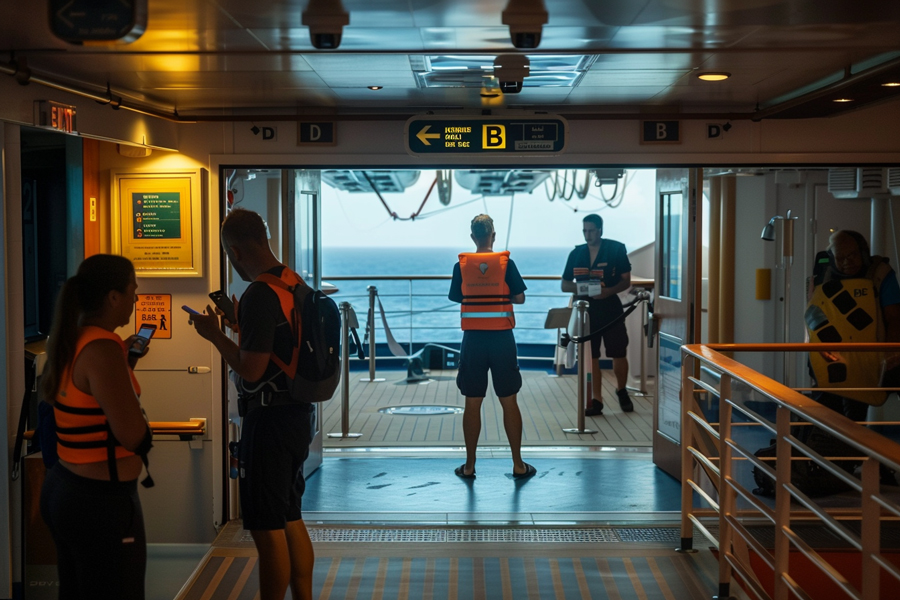
Cruise lines have thankfully modernized the muster drill. Most now use a virtual system where you watch a safety video on your app or stateroom TV, then check in at your assigned station.
Important:
Even if it’s virtual, it’s mandatory. If you don’t complete the muster process, crew will track you down — and they won’t sail until everyone complies.
8. Cabins Open, Lunch, and First Sips
Staterooms typically open between 1:30 and 2:00 PM. Until then, your carry-on stays with you.
Dining Tip:
The buffet fills up fast. Look for alternative embarkation day lunch spots. Some main dining rooms and specialty venues quietly open early and are far less hectic.
Final Thoughts: Start Your Cruise Right
Embarkation day doesn’t have to be stressful. With the right timing, some planning, and a little insider know-how, you can get from curb to cabin in under an hour — and be sipping a cocktail before most people have cleared security.
Whether you’re boarding in Miami or Marseille, the key is to know what to expect and stay a step ahead.
Embarkation isn’t just logistics. It’s your cruise’s first impression. Make it a good one.


